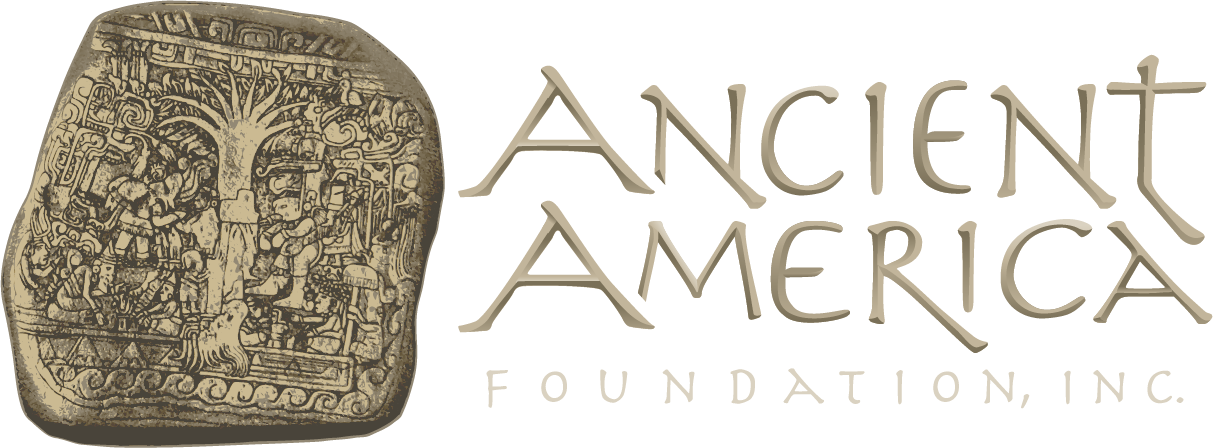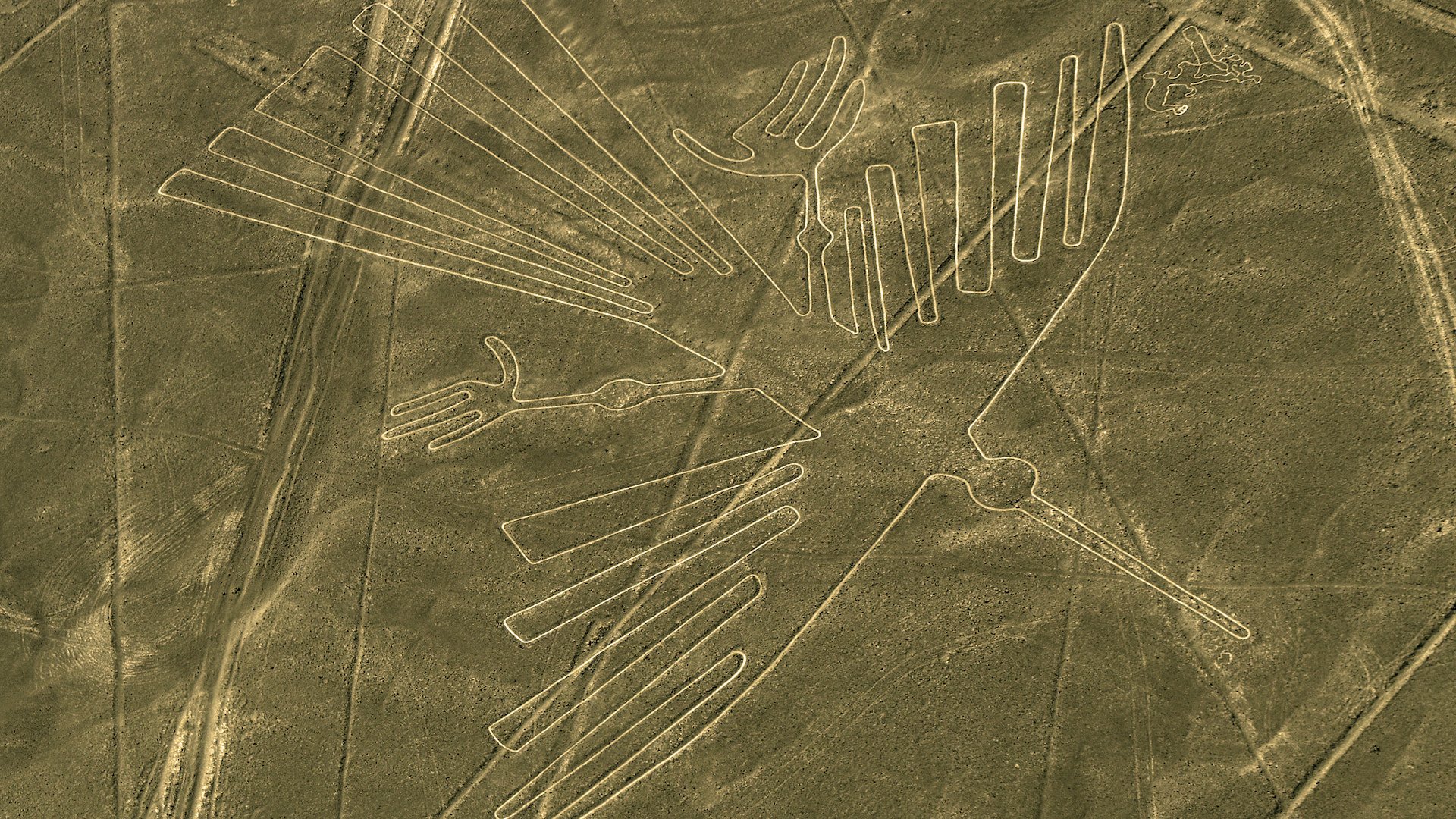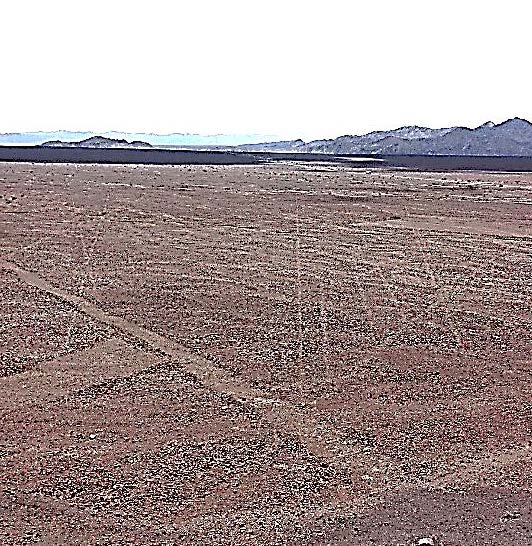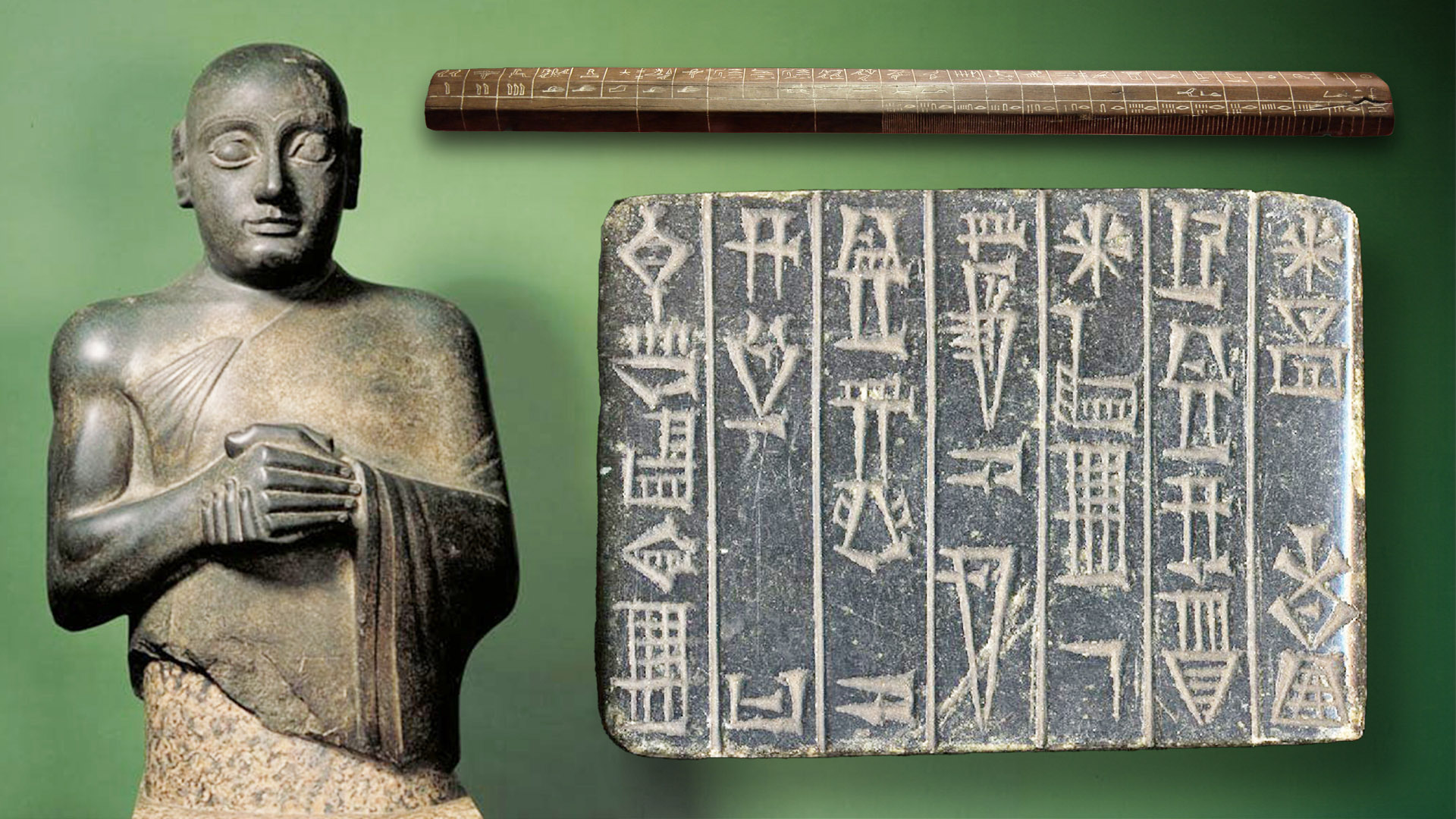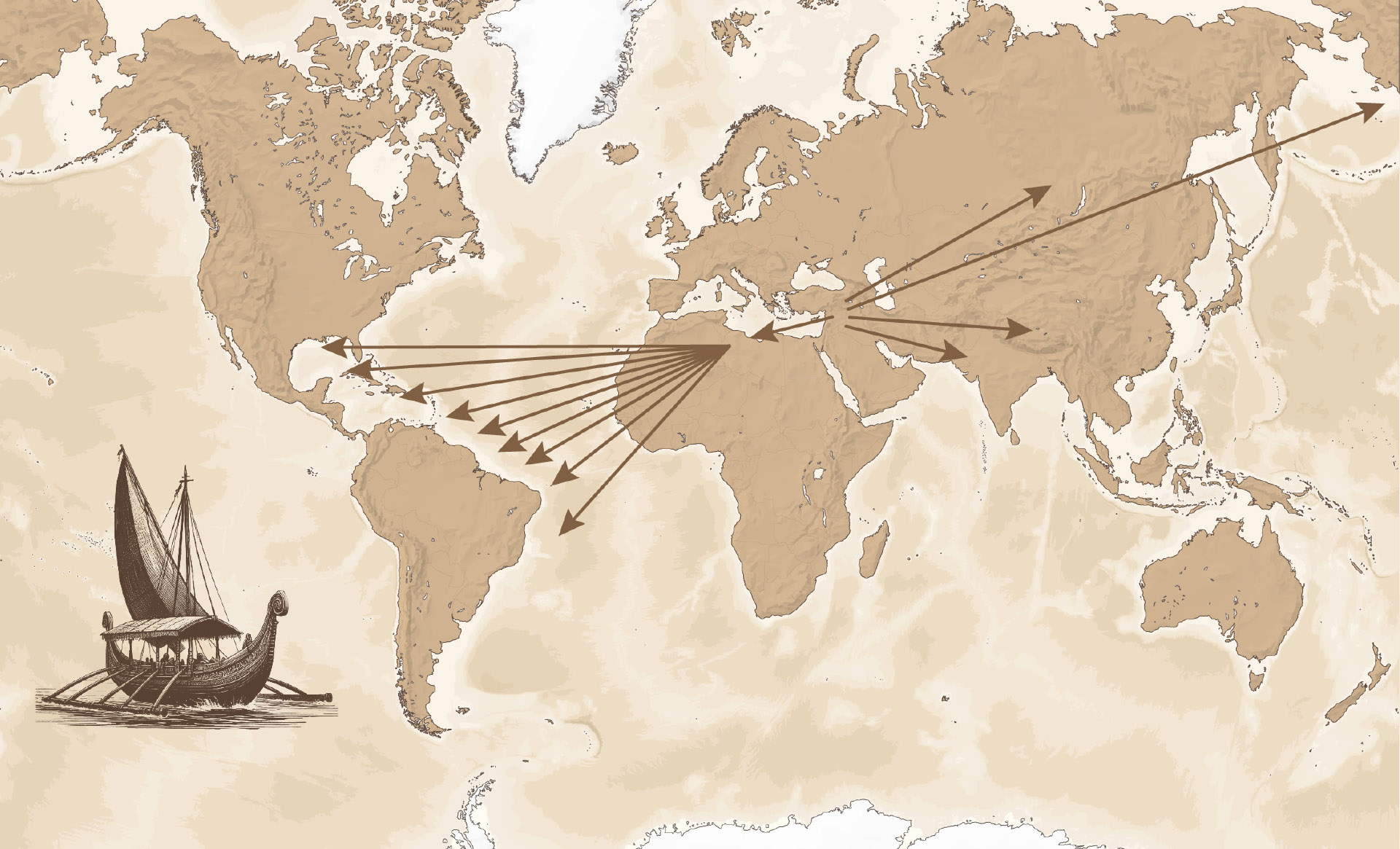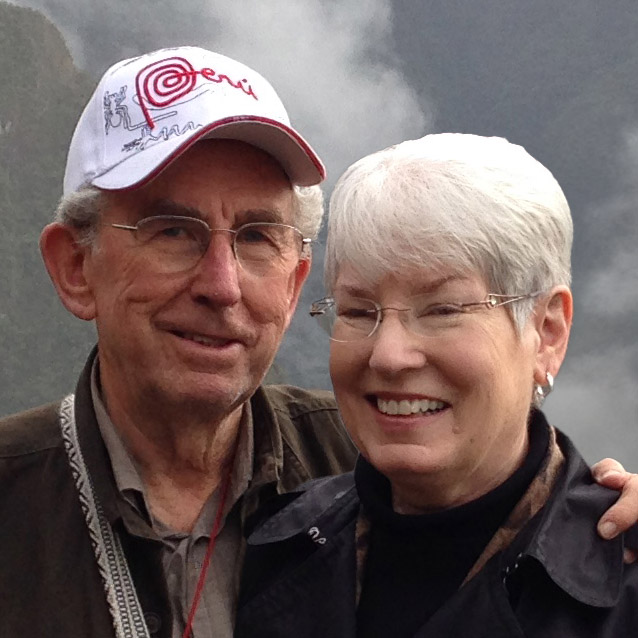
by V. Garth Norman (The legacy of V. Garth Norman lives on.)
Izapa, Mexico-Birthplace of the sacred 260- day Maya calendar.
Izapa, Mexico, is the birthplace of the sacred 260-day Maya calendar according to geographer Dr. Vincent Malmström, archaeologist Dr. Michael Coe, and famous Mayanist David Stuart. They agree that the Sun Zenith Passages on August 13 and April 30, and their connection to 260 days along Izapa’s 15-degree north latitude marks the period of human gestation of 260 days or 9 months, “given how important this is among the ajk’in priests [Maya] of modern times, whose job it is to keep track of the days and their meanings.”
In the first century BC, Izapa’s 260-day calendar at 15o NORTH LATITUDE plus Middle East Babylonian and Egyptian cubits and mathematics were taken via shipping on the Pacific coast from Izapa, Mexico, south to Nazca, Peru, located at 15o SOUTH LATITUDE Anti-Zenith Sun Passages. (Alma 63:8; Helaman 3: 14 “shipping”)
Nazca, Peru’s 15o South Latitude, & Izapa, Mexico’s 15o North Latitude.
On a hunch in 2011, I searched Google Earth to see if the 15o South latitude in South America had any relationship to Izapa’s 15o North latitude in Mexico. My eyes were opened! Izapa’s Northern Sun Zenith passage location near the Pacific Coast (1500 BC–1000 AD) was mirrored at Nazca, Peru’s coastal (ca. 100 BC – 1500 AD) Southern Sun Anti-Zenith passage! Pacific ocean voyages took place in the first century BC: “And it came to pass that one other ship also did sail forth; and whither she did go we know not” (Alma 63:8).
After researching on Google Earth, I traveled to Peru in 2014 with a colleague, Kirk Magleby, so we could see first hand and measure the astronomy and antiquities at Nazca and the nearby Cahuachi temple pyramid, and other sites.
One of my greatest thrills upon arriving at Nazca was to view a 180 foot geometric mandala carved in stone on a large mountain bench overlooking the expansive desert (Fig. 2). This Nazca geometry is composed with the same 49.5 cm Babylonian cubit standard measurement that was used at Izapa, Mexico, and has the same astronomical orientations found at the Izapa temple center.
Maria Reiche, the devout student of the epic Nazca lines and geoglyphs at Nazca, Peru, believed the builders of the lines made precision measurements and that the lines were an observatory of astronomical cycles. She believed the lines were maps of the courses of the stars and planets at different times of the year and that their change in course occurred over long periods of time, i.e. their points of rising and setting change.
The 260-day “anti-zenith” sun passages at Nazca’s 15o south latitude occur on February 12 and October 30 annually. It is evident that the Moche culture that emerged in the Pacific region of Nazca, Peru in the first century BC was influenced by the Mesoamerican Izapa, Mexico culture.
NAZCA, PERU’S 15o SOUTH LATITUDE, & IZAPA, MEXICO’S 15o NORTH LATITUDE
On a hunch in 2011, I searched Google Earth to see if the 15o South latitude in South America had any relationship to Izapa’s 15o North latitude in Mexico. My eyes were opened! Izapa’s Northern Sun Zenith passage location near the Pacific Coast (1500 BC–1000 AD) was mirrored at Nazca, Peru’s coastal (ca. 100 BC – 1500 AD) Southern Sun Anti-Zenith passage! Pacific ocean voyages took place in the first century BC: “And it came to pass that one other ship also did sail forth; and whither she did go we know not” (Alma 63:8).
After researching on Google Earth, I traveled to Peru in 2014 with a colleague, Kirk Magleby, so we could see first hand and measure the astronomy and antiquities at Nazca and the nearby Cahuachi temple pyramid, and other sites.
One of my greatest thrills upon arriving at Nazca was to view a 180 foot geometric mandala carved in stone on a large mountain bench overlooking the expansive desert (Fig. 2). This Nazca geometry is composed with the same 49.5 cm Babylonian cubit standard measurement that was used at Izapa, Mexico, and
has the same astronomical orientations found at the Izapa temple center.
Maria Reiche, the devout student of the epic Nazca lines and geoglyphs at Nazca, Peru, believed the builders of the lines made precision measurements and that the lines were an observatory of astronomical cycles. [4] She believed the lines were maps of the courses of the stars and planets at different times of the year and that their change in course occurred over long periods of time, i.e. their points of rising and setting change.
The 260-day “anti-zenith” sun passages at Nazca’s 15o south latitude occur on February 12 and October 30 annually. It is evident that the Moche culture that emerged in the Pacific region of Nazca, Peru in the first century BC was influenced by the Mesoamerican Izapa, Mexico culture.
Not far from the Nazca lines antiquities, the Cahuachi pyramid temple complex is located. It is tied to the Nazca lines with astronomical alignments. It was carefully planned with Middle Eastern cubits and geometric mandala. It was a pilgrimage center across the Nazca kingdom.Not far from the Nazca lines antiquities, the Cahuachi pyramid temple complex is located. It is tied to the Nazca lines with astronomical alignments. It was carefully planned with Middle Eastern cubits and geometric mandala. It was a pilgrimage center across the Nazca kingdom.
Maya Temple Ceremony And Peruvian Temple Ceremony
Spencer Kraus (of Book of Mormon Central) recommended the book Willka Wasin Wiraqocha: The House of the Lord by Dr. Van C. Evans. From his intriguing research, Evans tells of today’s native temples and ceremonies in Peru and the legends shared by natives of the Savior, Jesus Christ, visiting them anciently, which may have been after His resurrection when he told the Nephites he had “other sheep” of the House of Israel that he must visit [6- p.71] (3 Nephi 16:1-3).
The natives of Peru, just as the natives of Mesoamerica lost much when conquered in the 16th and 17th centuries by the Spanish who burned manuscripts and destroyed sacred buildings. [6] Yet today the native Peruvians have temple ceremonies similar to the Mayan temple ceremonies. Evans reports that the native Peruvians revere their ancestors and have a knowledge of cosmology and astronomy. [2] The Peruvians built Temples. Their indoor temple ceremonies are similar to the Mayan outdoor temple ceremonies such as:
1. Sacred Clothing – white clothes plus a robe, apron and tie, veil or cap.
2. Washing of person with holy water–bless the head, arms, hands, legs, feet, and other body parts to clean the initiate and seal them from “bad spiritual things”.
3. Only the Peruvian ceremony includes receiving a new “beautiful name”
4. Accounts of God’s creation of the earth by Mayans and Peruvians.
5. Mayans counted 260 days representing the creation of a human being. The Peruvians mention cosmic representation of the sun, moon, and stars.
6. Peruvians progress from one room of their indoor temples to another, and the Mayans progress from one area of their outdoor temples to another.
7. Mayans and Peruvians believe they will one day live with their ancestors in the spiritual realm.
8. Prayer Circles, and the Circle and Square are common in both cultures.
CONCLUSION:
Izapa, Mexico, located at 15o north latitude, the birthplace of the sacred 260-day Maya calendar, plus Middle Eastern cubit measurements and mathematics, is truly the KEY to documenting ancient migrations from its “sacred” location to South America The Pacific coastal shipping migrations in the 1st Century BC (Alma 63:8; Helaman 3:14) demonstrate migrations from Izapa, Mexico to Nazca, Peru and the Cahuachi pilgrimage center where structures were built using the same astronomy and Middle Eastern geometry and cubits in both Mexico and Peru. The ancient Peruvian natives at 15o south latitude celebrated the sacred dates of February 12 and October 30, with a count of 260 days between these dates. This correlates with the Book of Mormon references in the 1st Century BC to shipping. Interestingly, todays natives of Mesoamerica and Peru practice similar temple ceremonies.
Watch this video to learn more on Nazca lines
